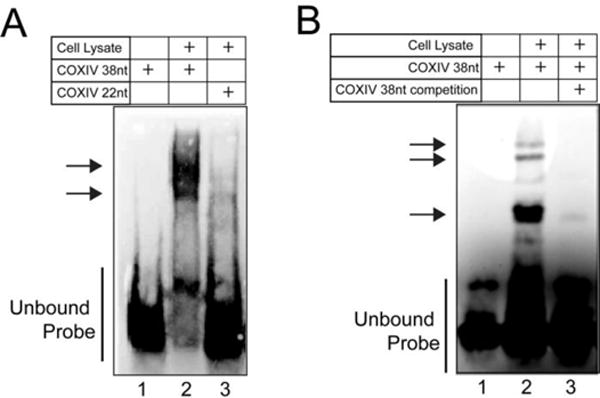Figure 1. COXIV zipcode serves as a nucleation site for the formation of ribonucleoprotein complexes.

3′ biotin-labeled COXIV oligomer probes or 22nt deletion mutant oligomers were incubated with cytosolic proteins derived from 2-week-old retinoic acid-differentiated SHSY5Y cells. After incubation, the complexes were resolved on 4–20% polyacrylamide gels and subsequently visualized using LightShift Chemiluminescent RNA EMSA kit. In competitive binding assays, the binding reaction was assembled and carried out in the presence of 100-fold molar excess of non-biotinylated COXIV 38nt probe. (A) Incubation of full-length 38nt COXIV or truncated COXIV probe (COXIV 22nt) with differentiated SHSY5Y cytosolic extract, lane 1, free COXIV 38nt probe; lane 2, gel-shift bands obtained in presence of SHSY5Y cytosolic lysate (2ug), lane 3, gel-shift bands obtained by incubation of truncated COXIV probe (COXIV 22nt) with SHSY5Y cell lysate (2ug) arrows indicate COXIV zipcode-specific gel-shit bands (B) Competition gel-shift assay, lane 1, unbound COXIV 38nt zipcode probe; lane 2 gel shifts observed with the biotinylated COXIV 38nt probe challenged with SHSY5Y cell lysate, lane 3 decreased COXIV band intensity observed with SHSY5Y lysate in the presence of 100-fold excess of unlabeled COXIV 38nt oligomer (specific competitor). Arrows indicate COXIV 38nt dependent gel shift bands. Each experiment consisted of three independent biological replicates (independent lysate preparations). Each experiment was repeated thrice and yielded similar results. (C) Western analyses of COXIV stem-loop RNA oligomer purification from SHSY5Y cytosolic lysates to detect the presence of ZBP-1 in the COXIV zipcode pulldown fraction. The β-actin zipcode (β-actin probe) oligomer affinity purified fractions were used as positive control. Note the absence of the ZBP-1-specific bands in the COXIV 38nt pulldown fraction. Each experiment consisted of three independent lysate preparations and every experiment was conducted three times yielding similar results.
